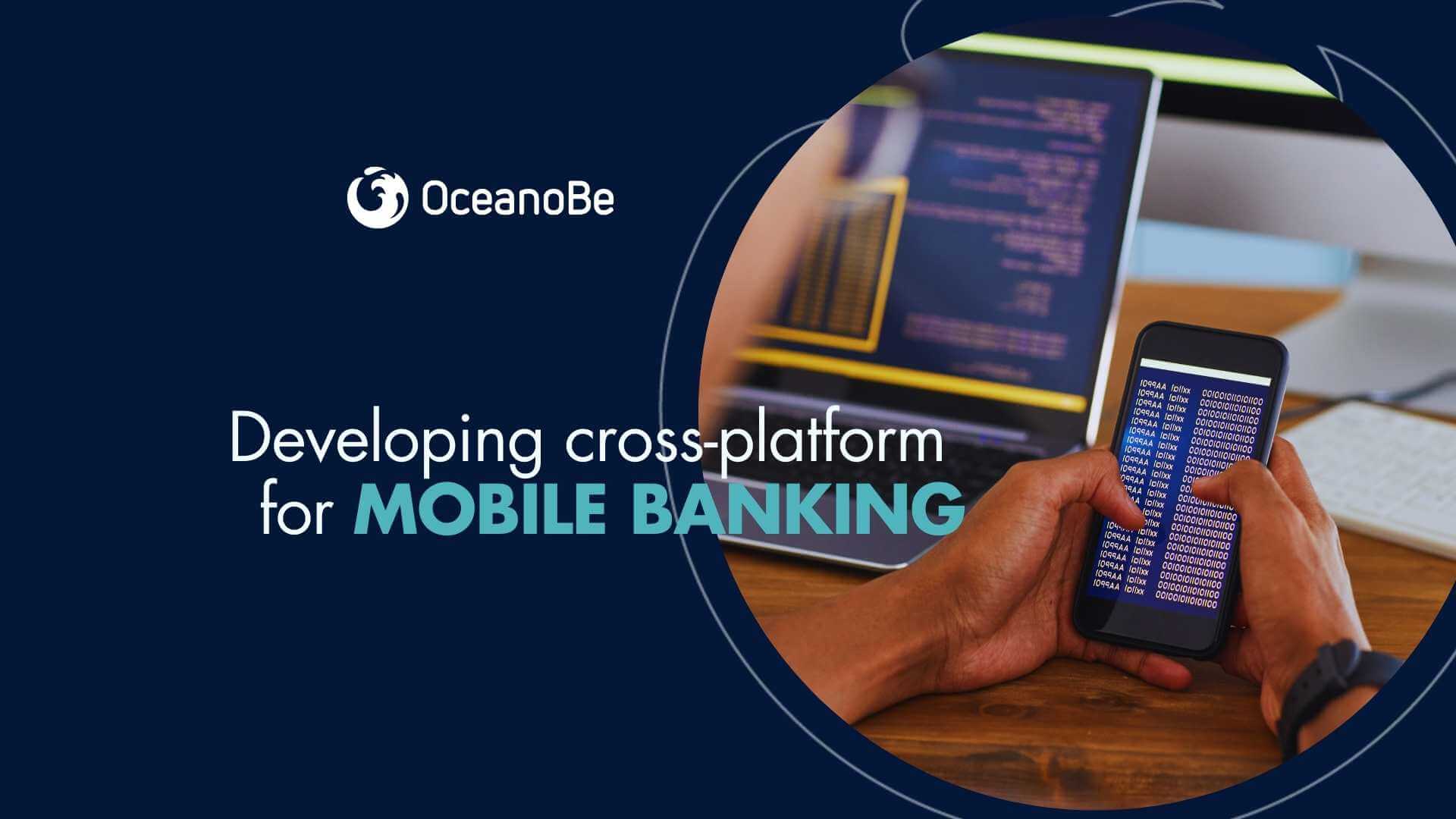Developing Cross-Platform for Mobile Banking
Building Scalable Apps
Building Scalable Apps

In the ever-evolving landscape of digital banking, delivering a consistent and responsive mobile experience is no longer a competitive edge—it’s a necessity. Financial institutions are expected to offer mobile apps that work seamlessly across devices, respond instantly to user input, and integrate securely with backend systems. At OceanoBe, we specialize in designing and building scalable, cross-platform mobile banking applications using modern frameworks like React Native and Flutter.
As developers building products for fintech clients, we know that scalability isn’t just about infrastructure. It starts with choosing the right front-end architecture, leveraging robust communication patterns, and designing for performance and security from the ground up.
Maintaining separate native codebases for iOS and Android not only increases development overhead but also slows down feature rollout and QA cycles. Cross-platform frameworks like React Native and Flutter enable code reuse, speed up development, and reduce cost while still delivering near-native performance.
React Native allows us to write in JavaScript (or TypeScript) while rendering native components under the hood. It’s an excellent choice for banking apps that require quick iteration, integration with native modules, and wide community support.
Flutter, powered by Dart, excels in performance and consistency across platforms. It gives developers complete control over the UI and delivers an identical look and feel on iOS and Android, which is crucial for brand consistency in banking applications.
A scalable mobile banking app must handle increasing numbers of users, expanding feature sets, and complex data flows without compromising performance or security.
We use clean architecture and modular codebases, making components reusable and easy to maintain. Our apps are built using state management libraries such as Redux, Bloc, or Riverpod depending on the project needs. These tools help us ensure predictable behavior, especially when dealing with real-time data updates like transaction logs or balance changes.
Backend communication is abstracted through API services, often built with REST or GraphQL, ensuring separation of concerns and enabling flexibility for future integrations. We use token-based authentication (e.g., OAuth 2.0) and implement biometric login capabilities using native modules to enhance security.
Mobile banking apps demand a high level of performance, particularly in scenarios like loading account statements, initiating payments, or updating investment dashboards. To achieve this:
Security is non-negotiable in fintech. Our mobile apps follow OWASP Mobile Top 10 best practices. We encrypt sensitive data both at rest and in transit. We also use secure keychains and biometric authentication. Our security practices also include: implementing runtime protection against code injection and reverse engineering, integrating mobile threat detection services that flag rooted or jailbroken devices and restrict functionality accordingly.
Scalable doesn’t just mean the app can handle more users. It means we can push updates quickly and safely. We use CI/CD pipelines with tools like Bitrise, GitHub Actions, or Codemagic to automate testing and deployment. Every commit is tested against multiple device types and operating system versions to ensure compatibility and stability.
At OceanoBe, we see mobile banking as a mission-critical extension of the financial institution. That’s why our approach goes beyond good design. We architect apps for real-world usage, long-term maintainability, and high performance.
If you’re looking to modernize your banking experience with a mobile-first strategy, our team is ready to help you deliver robust, secure, and scalable cross-platform apps.